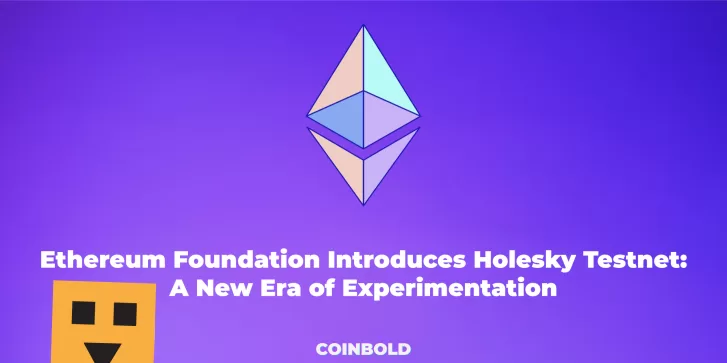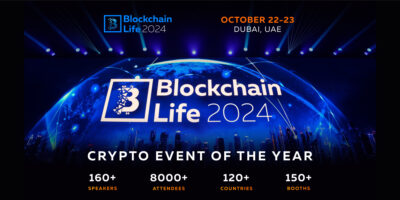The Ethereum Foundation’s recent meeting introduced the Holesky testnet, slated for launch on September 15. Named after a Prague train station, the Holesky testnet holds promise as a key experimental ground for Ethereum’s evolution. Learn about the network’s robust development, its role in Ethereum’s journey, and its potential to shape the future of the blockchain ecosystem.
Pioneering the Holesky Testnet: A New Horizon
On August 17, the Ethereum Foundation hosted a significant meeting to unveil its latest development: the Holesky testnet. With its launch scheduled for September 15, the testnet marks a pivotal moment in Ethereum’s journey. This platform for experimentation opens doors to innovative possibilities and advancements within the Ethereum ecosystem.
Behind the Name: Holesky’s Origin
The name “Holesky” might not immediately reveal its origin, but it draws inspiration from a train station in Prague, Czech Republic. A colloquial reference to the station as “Holešky” adds a touch of uniqueness to the testnet’s nomenclature. Beyond a name, Holesky carries the essence of progress and innovation that Ethereum strives to embody.
Testing at Scale: Achieving Stability and Reliability
Parithosh Jayanthi, the DevOps expert at the Ethereum Foundation, highlighted a remarkable feat accomplished during Holesky’s development. The testing involved an impressive 1.4 million validators on the Holesky testnet. This exhaustive testing regime played a pivotal role in ensuring the network’s stability and reliability. The success of this effort forms a solid foundation for the Holesky testnet’s journey.
A Glimpse into Ethereum’s Ambitions
Jayanthi’s revelation highlights a significant aspiration: the initiation of Ethereum’s technology to handle a multitude of tasks and perform more effectively. Holesky’s achievement serves as a stepping stone toward this vision, underlining Ethereum’s commitment to enhancing its capabilities and scaling efficiently.
Token Integration Dilemma: Strategic Decisions
Central to the discussions was the integration of testnet tokens into the Holesky network. After deliberation, the decision was made not to introduce a staggering 1.6 billion Holesky tokens into circulation. This choice aligns with the preservation of the Ethereum mainnet’s supply of 120 million ETH. The strategic approach reflects Ethereum’s cautious stance in maintaining the ecosystem’s equilibrium.
Long-Term Commitment: Service and Evolution
The Holesky testnet’s significance extends beyond its launch. It’s slated to remain operational with Long-Term Service (LTS) support until 2027, followed by an End-of-Life (EOL) phase that stretches until 2028. This extended commitment reflects Ethereum’s dedication to fostering a sustainable and evolving blockchain landscape.
Shaping Ethereum’s Future: Replacing Goerli
Holesky holds the potential to replace Ethereum’s existing Goerli testnet, introduced in 2019. As Ethereum transitions from proof-of-work to proof-of-stake, Holesky and Goerli, alongside the Ethereum mainnet, operate as proof-of-stake networks. It’s vital to note that, unlike the Ethereum mainnet, these testnets utilize tokens without real-world market value.
Read more:
Holesky’s Promising Horizon
The introduction of the Holesky testnet heralds a new era for Ethereum. With its unique name, robust development, and strategic role in Ethereum’s evolution, Holesky paves the way for groundbreaking innovations within the blockchain realm. Ethereum enthusiasts and developers alike eagerly anticipate the positive impacts that Holesky will bring to the ecosystem’s advancement and growth.







